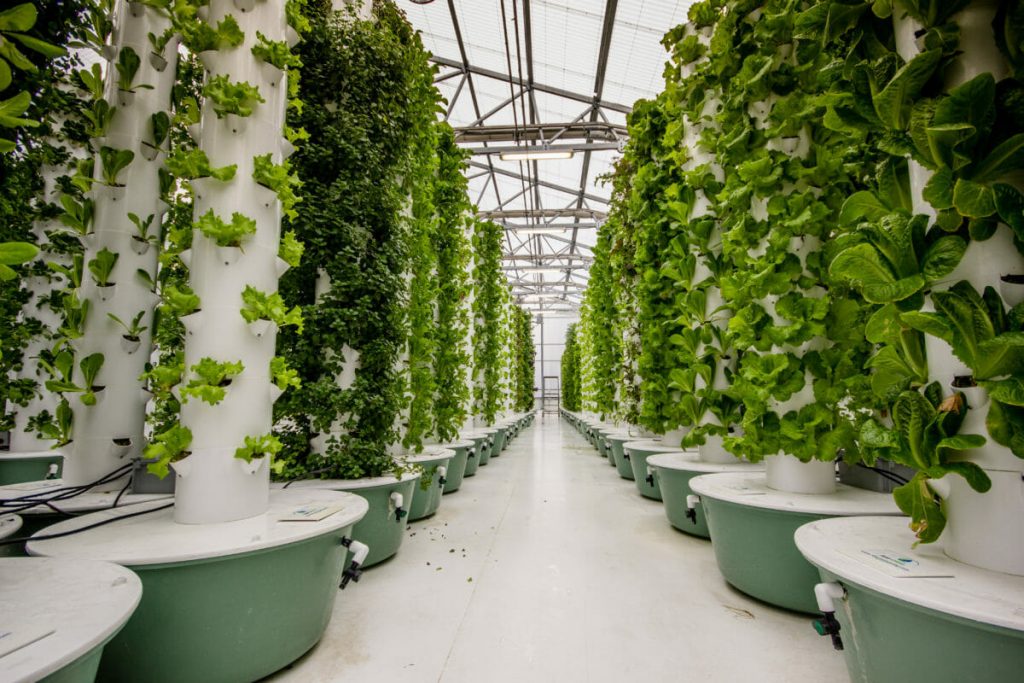Vertical gardening is an excellent way to maximize space while cultivating a lush, productive garden. However, selecting the right plants is crucial for success. Growth habits, sunlight requirements, and adaptability play key roles in determining which plants will thrive in a vertical setup. Whether you’re growing food, flowers, or greenery, this guide will help you choose the best plants for your vertical garden, with a focus on globally adaptable options.
Understanding Growth Habits for Vertical Gardening
Plants used in vertical gardens typically fall into three categories based on their growth habits:
-
Climbing Plants – These plants naturally grow upward with the help of tendrils, aerial roots, or twining stems. They are ideal for trellises, arbors, and mesh supports.
-
Examples: Beans, peas, cucumbers, climbing roses, jasmine, passionflower
-
-
Trailing Plants – These plants cascade downward and work well in hanging baskets, wall planters, and tiered planters.
-
Examples: Strawberries, nasturtiums, pothos, ivy, ferns, petunias
-
-
Compact or Upright Plants – These plants do not naturally climb or trail but can thrive in vertical planters, stacked containers, or living walls.
-
Examples: Lettuce, spinach, basil, succulents, dwarf tomatoes, peppers
-
Sunlight Considerations for Vertical Gardening
Just like traditional gardens, vertical gardens require careful attention to sunlight exposure. Choosing the right plants based on their light needs ensures optimal growth and productivity.
Full-Sun Plants (6+ hours of direct sunlight per day)
Best for outdoor vertical gardens, balconies, and rooftop gardens.
-
Vegetables: Tomatoes, peppers, cucumbers, zucchini
-
Herbs: Basil, rosemary, thyme, oregano
-
Flowers: Sunflowers, marigolds, bougainvillea, morning glory
-
Fruits: Strawberries, grapes, passionfruit
Partial Sun/Partial Shade Plants (3–6 hours of sunlight per day)
Ideal for urban settings with some shade from buildings or trees.
-
Vegetables: Lettuce, spinach, Swiss chard, kale
-
Herbs: Mint, parsley, cilantro, chives
-
Flowers: Fuchsia, impatiens, begonias
-
Fruits: Raspberries, blackberries
Shade-Tolerant Plants (Less than 3 hours of sunlight per day)
Best for indoor gardens, shaded patios, and north-facing walls.
-
Vegetables: Mushrooms (indoor setups), microgreens
-
Herbs: Lemon balm, chervil, sweet woodruff
-
Flowers: Hostas, ferns, bleeding heart
-
Ornamental Plants: Pothos, snake plant, peace lily
Globally Adaptable Plants for Vertical Gardening
For a vertical garden that thrives in different climates, consider these versatile, hardy plants:
-
Pothos (Epipremnum aureum) – A low-maintenance trailing plant that adapts to various light conditions.
-
Strawberries (Fragaria × ananassa) – Suitable for hanging baskets and pallet gardens worldwide.
-
Lettuce (Lactuca sativa) – Grows well in stackable planters with minimal care.
-
Cucumbers (Cucumis sativus) – A climbing vegetable that produces high yields on trellises.
-
Succulents (Various species) – Perfect for dry climates and living walls.
-
Mint (Mentha spp.) – A hardy, fast-growing herb adaptable to many climates.
Conclusion
Selecting the right plants for your vertical garden depends on their growth habits, sunlight needs, and adaptability to your local environment. Whether you want a productive edible garden, a lush green wall, or a decorative floral display, choosing suitable plants ensures long-term success. By considering space, sunlight, and plant characteristics, you can create a thriving vertical garden that enhances your living space and provides fresh produce or beautiful greenery year-round.

Comments
No comments yet. Be the first to comment!
You must be logged in to comment. Login